
Deerberry
Deerberry is a blueberry that comes not only with delicate spring flowers and intense red-maroon fall color, but also with tart, intense-flavored wild blueberries in late summer. Plus, deerberry flowers provide nectar for many insect species, including many bee species, as well as various butterfly species. To say this species attracts many pollinators would be an understatement!

Bluestem Goldenrod
Bluestem Goldenrod is a garden favorite for its purplish/blue stems and leaves and clusters of flowers. The quality of the leaves/stem color and the way the blooms are held along the stems also make this a favorite for cut flowers. Plus, pollinators love it!

Rusty Blackhaw Viburnum
Common on the slopes of Lookout Mountain, this hardy large shrub/small tree is easily mistaken for dogwood in the winter with its similar bark. It features exceptional fall color, edible fruit, and a beautiful form.
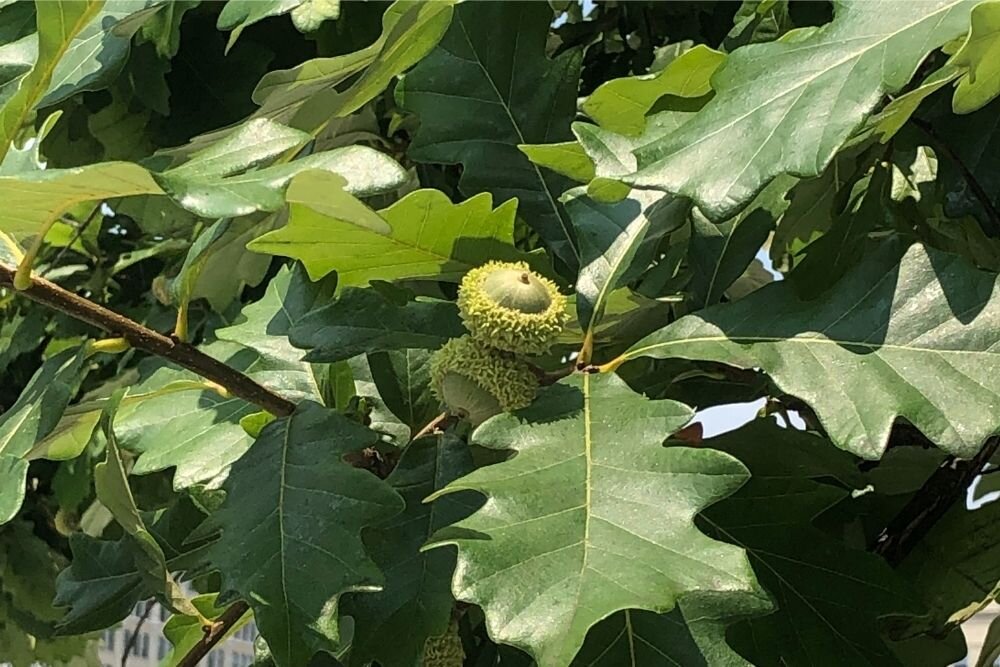
Swamp White Oak
Swamp White Oak – Quercus bicolor – is a deciduous, medium-tall tree from the Beech (Fagaceae) family. As an oak, this tree falls into another category as the number one Genus for supporting Lepidoptera (butterflies and moth) and is critical to supporting declining species in that Genus, not to mention many bird species that depend on Lepidoptera for their food.

Slender Mountain Mint
Slender Mountain Mint – (Pycnanthemum virginianum) is an herbaceous, fragrant perennial and is a member of the Mint (Lamiaceae) family. It is a garden workhorse, producing prolific blooms for pollinators and you to enjoy.

Garden Phlox
Garden Phlox – Phlox paniculata – prized for its billows of sweetly fragrant blooms, should be a staple for anyone desiring long-lasting, trouble-free garden color in the mid-summer months. This plant is particularly appealing to butterflies and hummingbirds and also tolerates grazing by deer.

Tickseed (Coreopsis)
Tickseed – Coreopsis spp.- is a massive genus with many species and many cultivars and varieties within those species. It is a member of the Aster (Asteraceae) family, is perennial (sometimes annual), and native to all of the Americas; North, Central and South America.
Coreopsis provides a superb ground cover for yards as well as a cover for denuded or eroded areas.

Small Whorled Pogonia
“The Rarest Orchid East of the Mississippi” and the Importance of Finding It
How can any plant be rare when we see a mosaic of green everywhere we look? Well, according to the U.S. Forest Service, 8,500+ species, or one third of our native plants, are considered to be rare in the United States. In recent field work, Dylan Hackett and Scotty Smith, with the help of Zach Irick from SGI and Hannah Lieffring, set out to find the elusive Small Whorled Pogonia (Isotria medeoloides), considered the rarest orchid east of the Mississippi. There have been only three observed and recorded populations in Tennessee, one of which is in Hamilton County.

Bottlebrush Buckeye
Bottlebrush Buckeye – Aesculus parviflora - is a member of the soapberry family (Sapindaceae), which used to be the horse-chestnut family. Its genus name, Aesculus, is the same as that for the common American horse-chestnut. Few large shrubs/small trees are as well suited for your lawn as this.

Arrowwood Viburnum
Arrowwood Viburnum – Viburnum dentatum – is a native shrub species found throughout the eastern portion of the United States from hardiness zones 2 through 8. It grows to a mature height of 6 to 15 feet and is deciduous. The common name for this species comes from Native Americans, who used the straight stems of the plant as arrows.

Pennsylvania Sedge
Pennsylvania Sedge – Carex pensylvanica – is a highly variable native member of the Sedge (Cyperaceae) family and is widely distributed, growing in woods, woodland openings, and thickets, on upland organic soils in average to dry conditions, over much of eastern North America. While this is a flowering plant, its blossom is rather insignificant and has no fragrance. It is one of the most sought-after perennial groundcovers in the horticulture trade.

Cumberland Rosemary
Cumberland Rosemary – Conradina verticillata – is a deciduous, perennial short shrub and a member of the Mint (Lamiaceae) family. Currently, this species is on both the Tennessee and federal protection lists classified as Threatened. However, a variety is propagated commercially and, therefore, can be grown in our gardens. Cumberland Rosemary is only found in the wild in Kentucky and Tennessee. Wild specimens are protected because of habitat destruction.
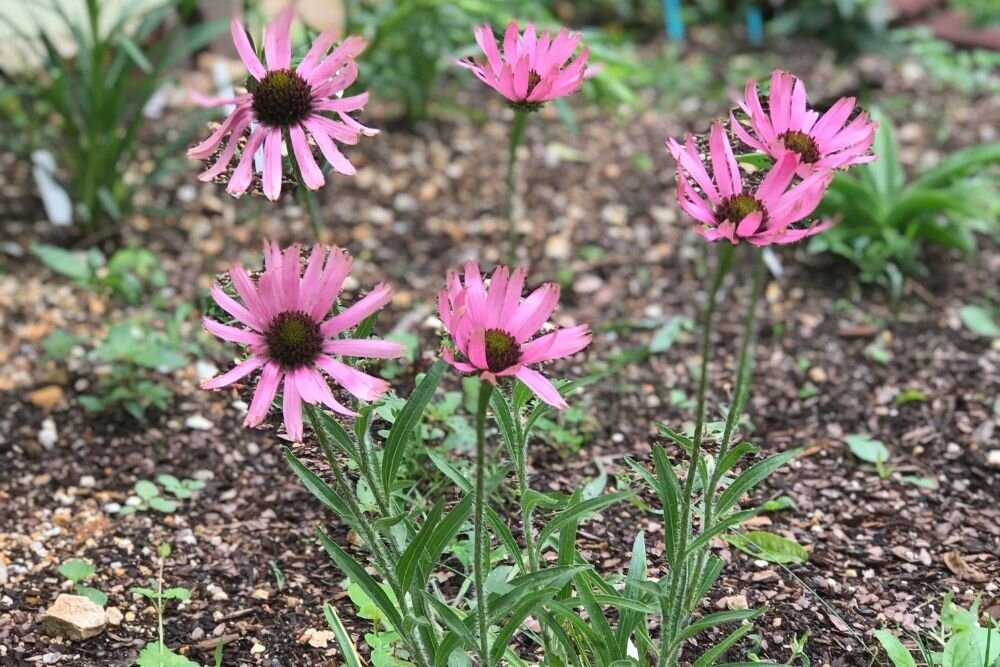
Tennessee Coneflower
Tennessee coneflower (Echinacea tennesseensis) is a perennial member of the Aster Family (Asteraceae) and is easily grown in medium moist, well-drained soil in full sun. This is perhaps the best of all the coneflowers for home gardens because its shorter habit keeps it from flopping over, and its blooms dry beautifully in place, holding most of their color.

Sweetbay Magnolia
The Sweetbay Magnolia (Magnolia virginiana) is indigenous to the eastern half of North America, especially along the Atlantic and Gulf coasts from Massachusetts to Texas. It is a stately tree and would be a beautiful addition to most suitable gardens as a specimen plant.

Fringe Tree
Fringe Tree - Chinoanthus virginicus - is a native, perennial, deciduous, hardy shrub or short tree with showy, fragrant, creamy-white flowers forming from May to June. It is a member of the olive (Oleacea) family. It grows to a height of 12 to 20 feet tall and with a similar width. It grows well in full sun to partial shade in a moist, well-drained soil. It prefers moist stream banks, hillsides, rocky bluffs and moist glades. The flowers of this species are an inch long and 1/16 inch wide, and they hang in show-stopping branched clusters 4 to 6 inches long.
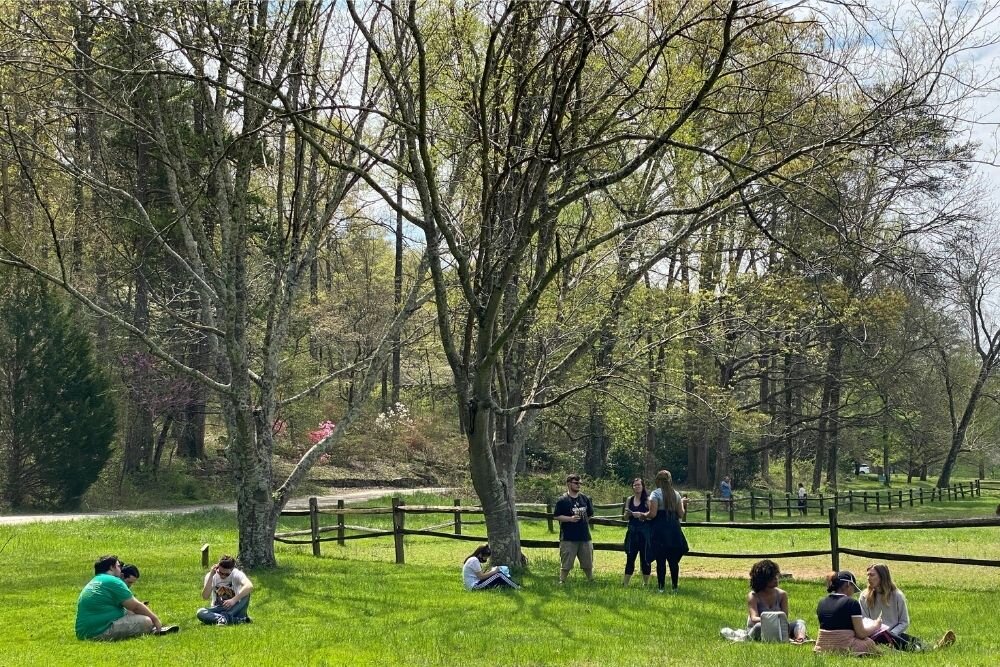
Yellowwood
Yellowwood – Cladrastis kentukea - This small to medium sized tree is a member of the pea (or Fabaceae) family. Because of its striking flowers in the spring and its eye-catching foliage in the autumn, American yellowwood is a good selection for a specimen tree to add interest to any garden.

Carolina Allspice or Sweetshrub
Carolina Allspice or Sweetshrub – Calycanthus florida – is a deciduous, rounded shrub reaching a height of 6 to 9 feet and a drip width of the same. The leaves are simple, opposite, 2 to 6 inches long and turn a bright yellow in the late autumn and winter. In mid tolerate spring, it produces a red to purple, fragrant flower.

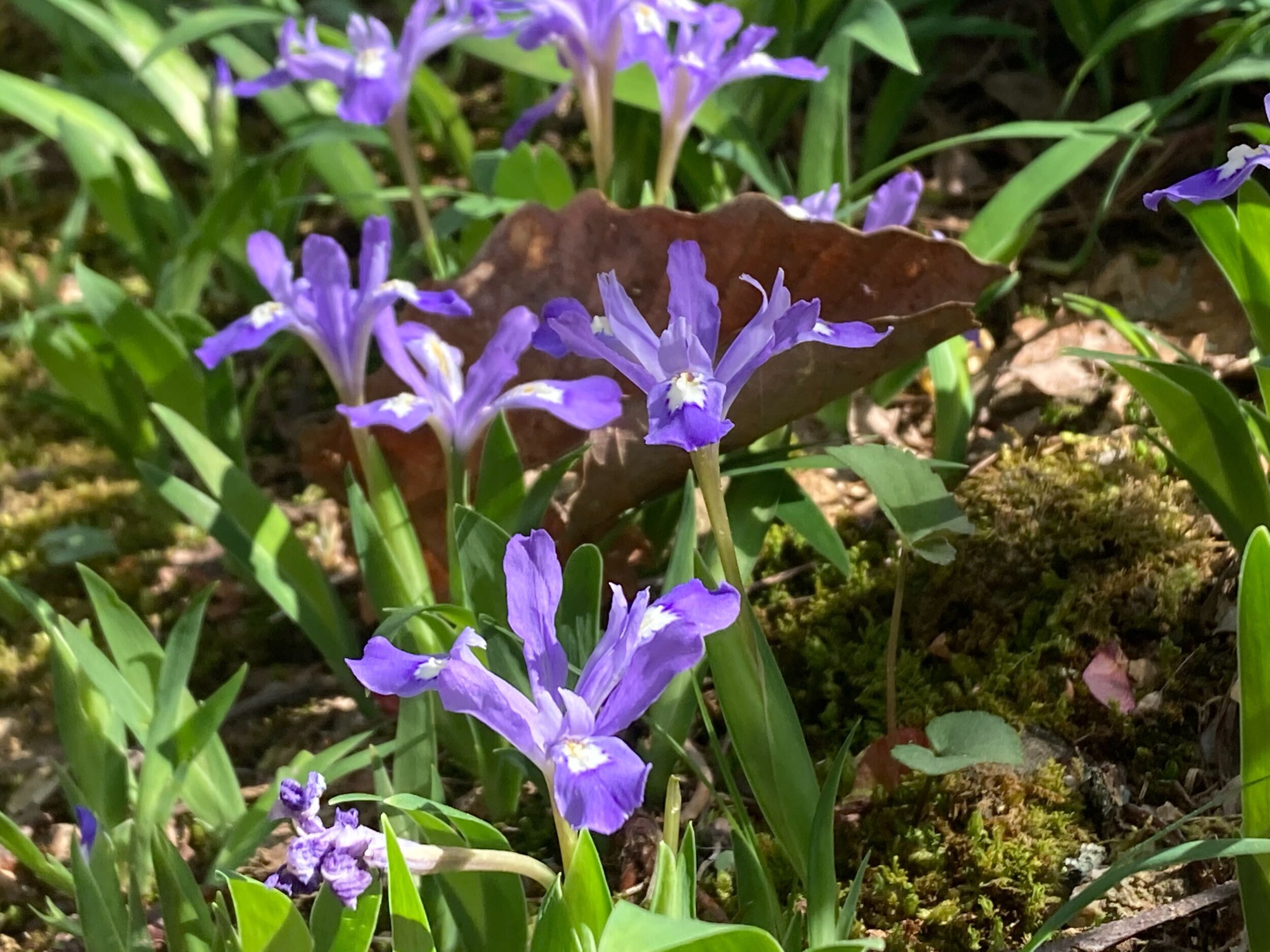
Dwarf Crested Iris
Dwarf Crested Iris – Iris cristata – is a perennial herb and is a member of the Iris family (Iridaceae) that is rather low in stature, attaining a height of only 4 to 16 inches tall. It has light blue sepals with a white or yellow striped band.
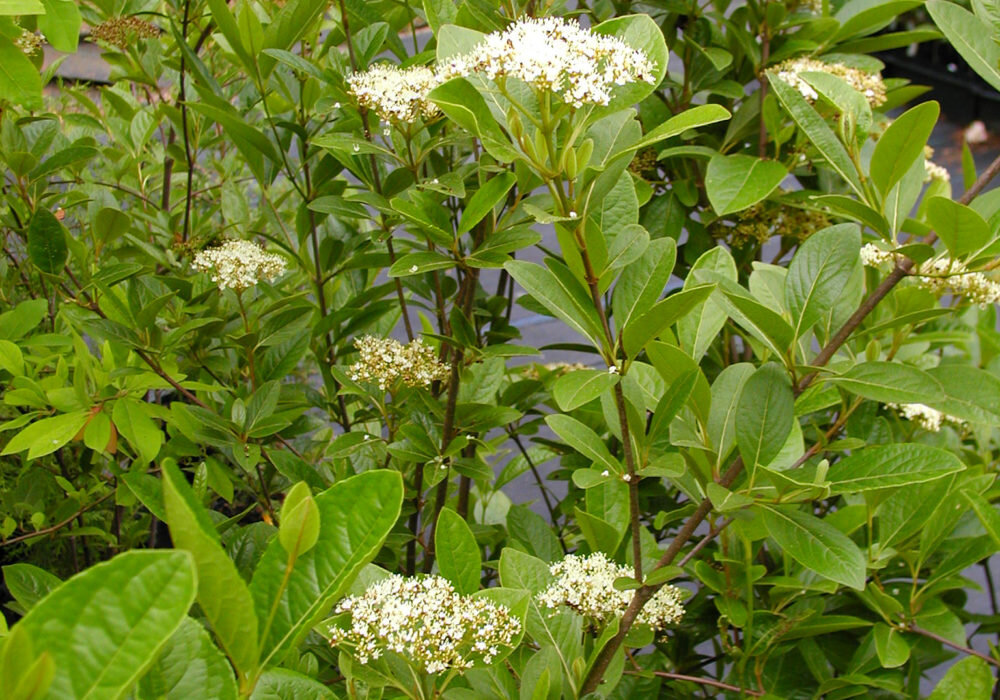
Smooth Witherod
Smooth witherod (Viburnum nudum) is a stunning, perennial, deciduous shrub found throughout the eastern and southeastern United States from Connecticut to Florida and then westward to Louisiana.

